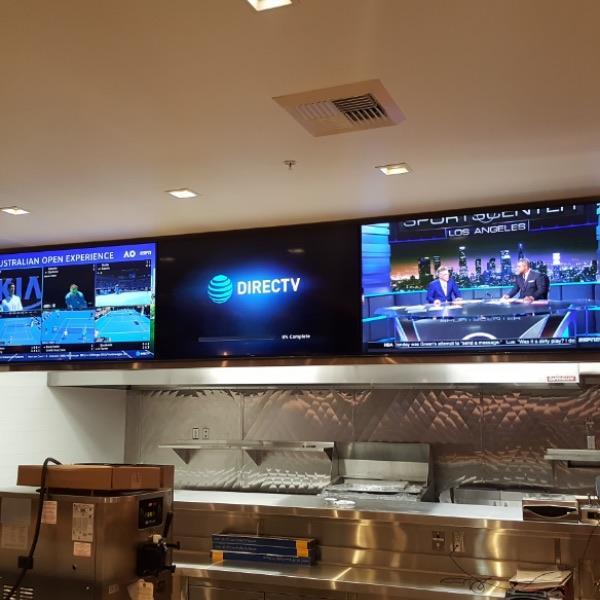If you are thinking of buying a new TV, you need to mount the Tv in the correct place. And for that, you need help from professional TV mounters. see here, in this article, to know how can you mount the TV easily.
After you decide where you want your TV to be mounted you need to fix the studs and mark the specific place for mounting. You're now prepared to establish the wall bracket.
The TV mounter will be able to do this easily if you help them by doing this and it saves their time. More protected points are essential to lower the burden on each mounting location.
This makes sure that the general weight of the LCD TV is dispersed one of the anchors, producing your wall mount secure for your TV.

This can largely be the demanding part of this setup. Next, they will begin hooking and hammering the tv. But if you've got an LCD TV, the cable lines shouldn't destroy your well-designed installment. So, choose the wire that doesn't show much.
They will drill into your wall and then fix the cables. Additionally, there are conduits or cable covers offered that stylishly conceal the cable wires. Several home improvement shops have those resources available, you can consider them.
